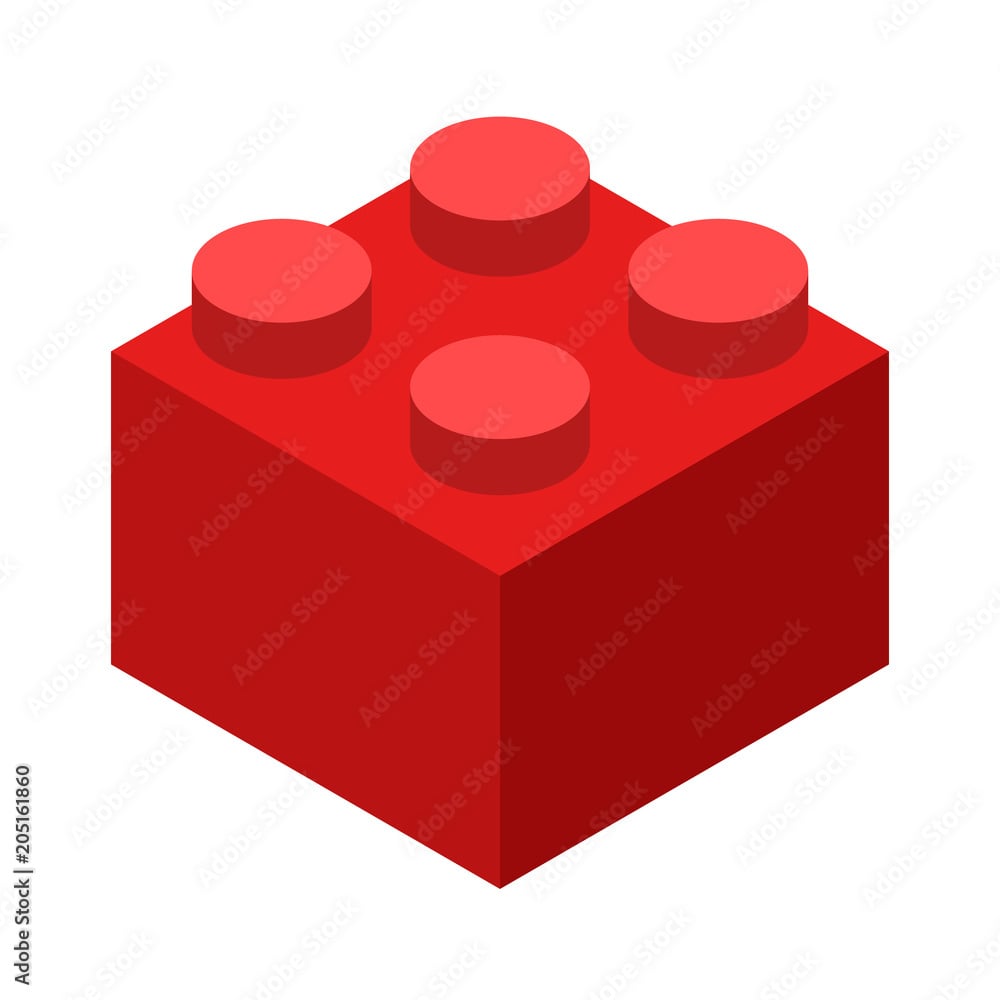Not made by me, old technique (2010): https://www.flickr.com/photos/nabii/5276801305/in/dateposted-public/
I like how they’re built out of smaller individual Lego bricks so the scale might be totally off
Lego proportions are really tricky, afaik they have a 0.4 mm margin of error on prints and have very little rejects
That would be a proper pain to do a large smooth ramp or roof with, but you could probably scale this…
Woah
It is applied knowledge of LEGO bricks and parts dimensions.
Think those parts not in studs and bricks, but units. A brick 1x1 is 5 units wide and 6 units high. A plate is 2 units thick. The stud on the headlight stone is set back by one unit. A slope 33° 1x1 is 4 units high at the high and one unit high at the low end. And when you keep thinking in those units, SNOT and other building techniques suddenly get much easier.
FYI, you need to escape the asterisks with backslashes, otherwise there are rendered as italicization markdown:
A brick 1\*1 is 5 units wide and 6 units high. A plate is 2 units thick. The stud on the headlight stone is set back by one unit. A slope 33° 1\*1 is 4 units high at the high and one unit high at the low end.Rendered as:
A brick 1*1 is 5 units wide and 6 units high. A plate is 2 units thick. The stud on the headlight stone is set back by one unit. A slope 33° 1*1 is 4 units high at the high and one unit high at the low end.
So serious question: why did you choose to represent this idea this way? Like why not just use the actual individual Lego pieces that you’re trying to use, instead of making the bricks entire builds themselves?





